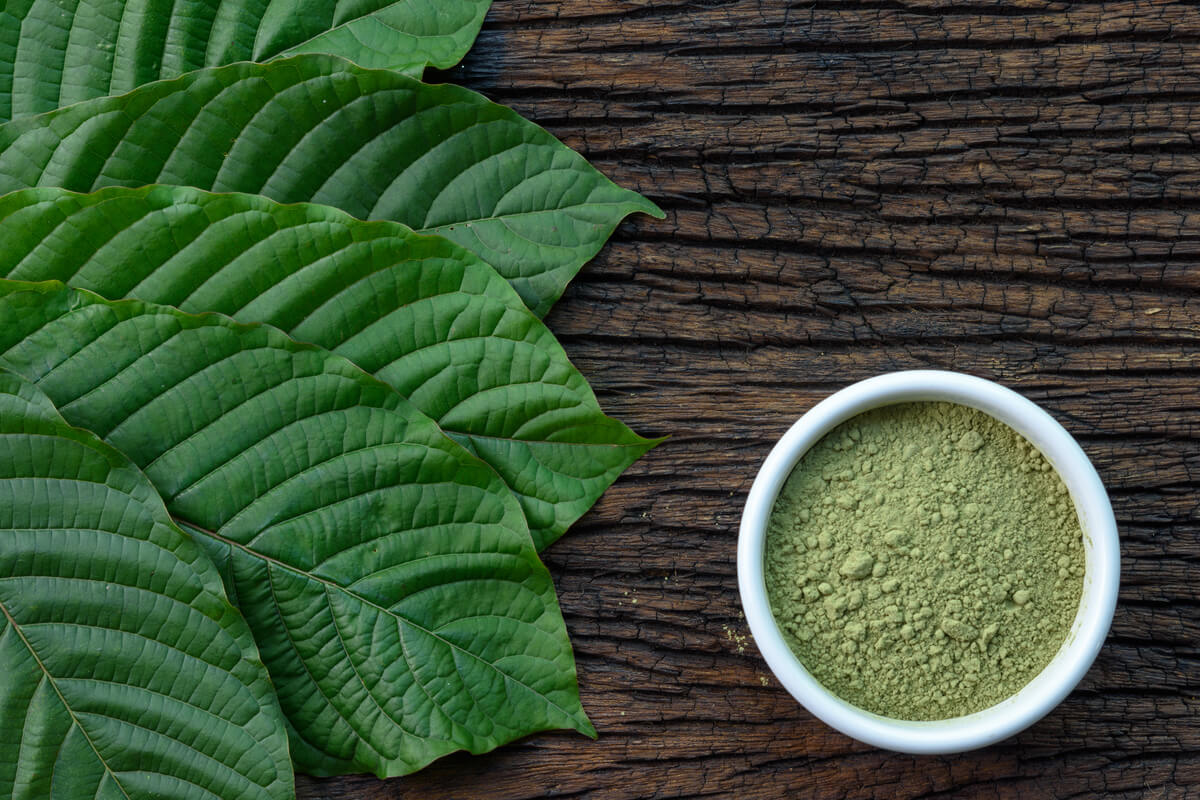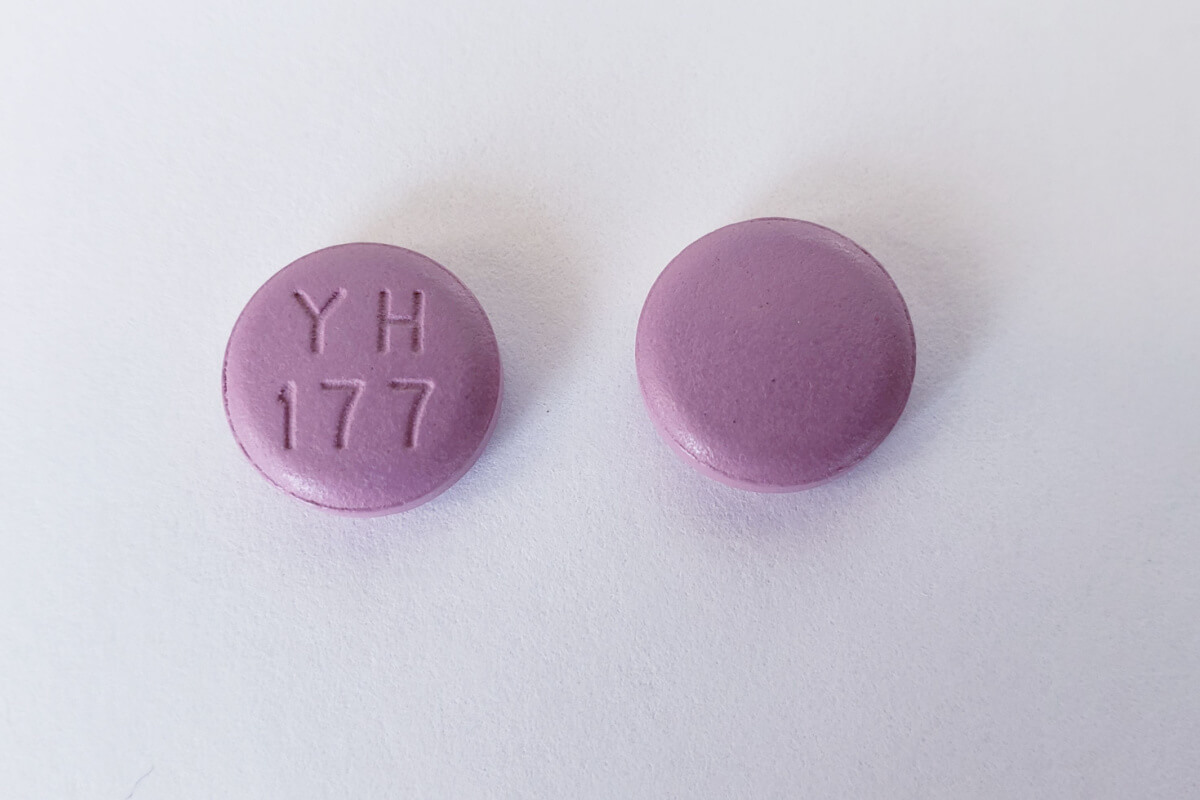
It has been widely promoted that alcohol and drug use disorders “run in families” and that if your immediate family member struggles with addiction, you are more likely to as well.
Family history can certainly be a risk factor for addiction. There is evidence that addiction can be heritable — that there is a genetic link, albeit incompletely understood.
The vast majority of people who use drugs or drink alcohol do not become “addicted”, or put another way, meeting criteria for a use disorder.
The World Drug Report indicated that in 2017, an estimated 271 people had used drugs in the previous year, while only 35 million met criteria for a use disorder. [1]
There are many factors that can play a role in the onset of addiction, regardless of whether it runs in your family. Examples include the following:
- Type of drug used
- Frequency and method of use
- Age of first use
- Trauma
- Biological factors
- Peers and peer pressure
- High levels of stress
- Social environment
It is widely accepted that addiction is a complex disease with many contributing risk factors, both genetic and environmental.
Is There Science Behind Addiction & Heritability?
Family history of SUD is a known risk factor for developing a substance use disorder (SUD).
Research suggests that genetics can contribute to nearly half of the potential risk for addiction.[2]
It is important to note that no one gene has been definitively linked to addiction. There are many factors that can lead to the onset of addiction. Genetics is not the only factor in the development of an SUD, and is probably not the most important one.
Biology
The way your body and brain respond to drugs and alcohol can play a role in the development of a substance use disorder. Drugs and alcohol influence the chemistry of your brain, increasing feelings of pleasure and interfering with natural reward pathways. A chemical imbalance can potentially impact how these substances will make you feel and your proclivity to become dependent on them.
Other biological factors, such as metabolism, can also be involved with the onset of addiction. If you metabolize drugs quickly, for example, you may be more likely to take more at a time or take them more often. The more exposure your brain has to drugs, the higher the likelihood of addiction.
Type of Drug
The type of drug also matters: Some drugs have a higher risk of addiction and potential heritability than others. Studies show that hallucinogens have the lowest heritable rate of addiction at 0.39 while cocaine has the highest at 0.72.[3]
How often you use drugs and your method of use also matter. People that use regularly or even daily are at much higher risk that use occasionally, or only in certain social situations.
Method of Misuse
The method of misuse makes a difference. Injecting opioids, for example, sends them straight into your bloodstream and quickly across the blood-brain barrier, which can produce nearly instant and intense effects. Injecting therefore carries a much higher risk of addiction than oral consumption.
Age at First Use
Age of initiation of drug and alcohol use can influence the onset of addiction. Research shows that children who drink before the age of 15 are more likely to develop an alcohol use disorder later in life.[4]
Environmental Exposures
We know that children who grow up around role models who are using substances are more likely to use themselves. Having parents who drink or do drugs can also make it more likely that a child will do the same. Environments where drugs and alcohol are easily available and socially accepted make drug and alcohol use more likely. In addition, people with SUD also report that it is harder to abstain from use when their social circle involves individuals who are also using substances. The people we surround ourselves with – friends and family – play a big role in our overall risk.
Chronic Stress
Acute and chronic stress can lead to development of addiction disorders. Stress can impact parts of the brain that are involved in reward circuitry, which is also related to addictive behaviors.[6] Changes in the reward system of the brain influence the neurobiology of addiction. These changes can be brought on by repeated exposure to high levels of stress. Living in a continual state of stress can lead to mental health issues and increase the risk for drug and alcohol misuse.
Mental Health Disorders
Having a mental health disorder can be an additional risk factor for addiction. Around half of those who experience mental illness will also develop a substance use disorder in their lifetime, and the reverse is also true.[7] Mental health conditions, such as anxiety, depression, PTSD (post-traumatic stress disorder), bipolar disorder, antisocial personality disorder, and schizophrenia, are strong risk factors for drug and alcohol misuse.
Trauma
Trauma and addiction are closely connected. Exposure to trauma, especially in childhood, raises the risk for addiction dramatically. Around three quarters of people in substance use treatment report histories of trauma and abuse at some point in their lifetime.[8]
How to Mitigate Your Risk of SUD if you have a family history
Many people hear the statistics on heritability of SUD and worry that they are doomed to develop an addiction disorder. If you have a family member with addiction, it does not mean that you are destined to also go that route. It may mean you have an increased risk, but there are so many factors – all of those listed above, for example – that arguably play an even more important role in whether or not you develop an addiction disorder.
Use the factors above to help guide you: If you know you have one strong risk factor for addiction in your family history, you can mitigate the other risk factors: surround yourself with positive social supports, avoid use of substances in excess, make sure you talk to your doctor about treating any other mental health disorders you are experiencing, etc. In these ways, your environment may play a bigger role in your risk than your genetics. And, in most instances, environment is something we have much more control over.
Prevention of a Substance Use Disorder
Just as there are a host of potential risk factors, there are also protective factors to prevent the development of an SUD. These factors include: [9]
- Individual: Individual protective factors can include healthy coping strategies and mechanisms to manage stress and impulses. The better you feel about yourself and the more emotionally healthy you are, the less likely you are to misuse substances.
- Family: Family protective factors can include parental involvement and monitoring, a safe and low stress living environment, and less exposure to parents misusing drugs and alcohol. Family members can help to prevent addiction by talking to loved ones about potentially problematic drug or alcohol use.
- Peer: The people you spend time with matters too: Spending a lot of time with people who drink to excess and use drugs can increase the odds that you will engage in higher levels of drug and alcohol use, which can be risk factors for a substance use disorder. Choosing to spend time with people who do not engage in substance misuse can subsequently lower your risk.
- Professional: If you have a mental health condition or other medical condition such as chronic pain, you may be at increased risk of substance misuse. Therefore, seeking professional medical and mental health care can help reduce your risk of turning to substance use.
To prevent a SUD, ensure that your protective measures outweigh your risk factors. If you have a family history of addiction, aim to minimize your other risk factors. Be aware of your increased heritable risk and guard against it.

Medically Reviewed By Elena Hill, MD, MPH
Elena Hill, MD; MPH received her MD and Masters of Public Health degrees at Tufts Medical School and completed her family medicine residency at Boston Medical Center. She is currently an attending physician at Bronxcare Health Systems in the Bronx, NY where ... Read More
- World Drug Report 2019: 35 Million People Worldwide Suffer From Drug Use Disorders While Only 1 in 7 People Receive Treatment. United Nations Office on Drugs and Crime. https://nida.nih.gov/publications/preventing-drug-use-among-children-adolescents/chapter-1-risk-factors-protective-factors/what-are-risk-factors. June 2019. Accessed June 2022.
- The Family History of Addiction. Psychology Today. https://www.psychologytoday.com/us/blog/the-addiction-connection/201406/the-family-history-addiction. June 2014. Accessed June 2022.
- The Genetic Basis of Addictive Disorders. Psychiatric Clinics of North America. https://www.ncbi.nlm.nih.gov/pmc/articles/PMC3506170/. June 2012. Accessed June 2022.
- Underage Drinking. National Institute on Alcohol Abuse and Alcoholism. https://www.niaaa.nih.gov/publications/brochures-and-fact-sheets/underage-drinking. May 2021. Accessed June 2022.
- Genetics and the Epigenetics of Addiction. National Institute on Drug Abuse. https://nida.nih.gov/publications/drugfacts/genetics-epigenetics-addiction. August 2019. Accessed June 2022.
- Interaction Between Stress and Addiction: Contributions from Latin American Neuroscience. Frontiers in Psychology. https://www.frontiersin.org/articles/10.3389/fpsyg.2018.02639/full. December 2018. Accessed June 2022.
- Substance Use and Co-Occurring Mental Disorders. National Institute of Mental Health (NIMH). https://www.nimh.nih.gov/health/topics/substance-use-and-mental-health. March 2021. Accessed June 2022.
- When Trauma Slips Into Addiction. The Imprint. https://imprintnews.org/child-trauma-2/when-trauma-slips-into-addiction/32462. December 2018. Accessed June 2022.
- What are Risk Factors and Protective Factors? National Institute on Drug Abuse. https://nida.nih.gov/publications/preventing-drug-use-among-children-adolescents/chapter-1-risk-factors-protective-factors/what-are-risk-factors. October 2011. Accessed June 2022.
Download Our Free Program Guide
Learn about our program, its effectiveness and what to expect
Related articles
Imagine what’s possible on the other side of opioid use disorder.
Our science-backed approach boasts 95% of patients reporting no withdrawal symptoms at 7 days. We can help you achieve easier days and a happier future.









